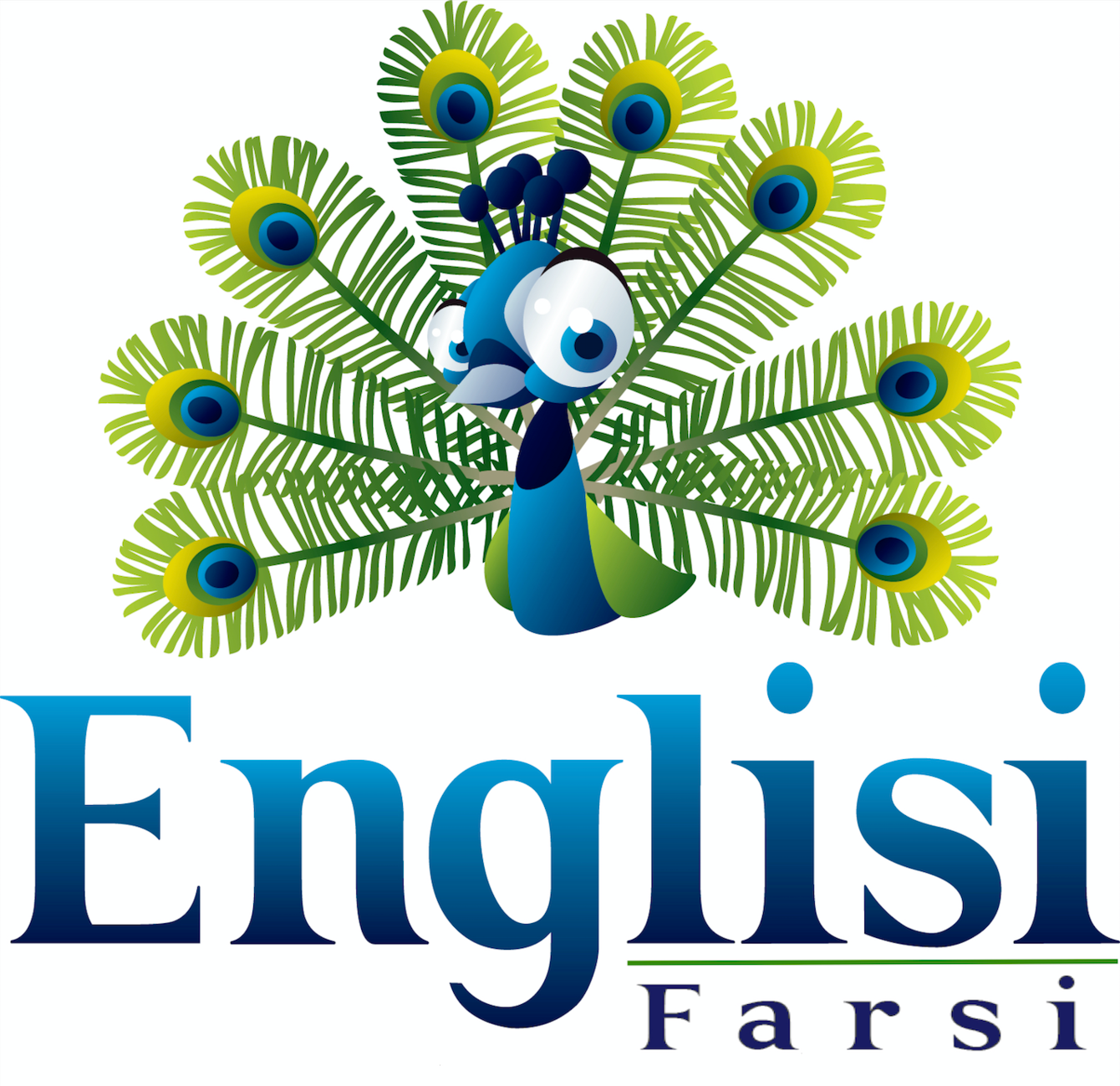Farsi to English or English to Persian
Learn Farsi / Persian [ Adults Edition ]
Learning Persian as an Adult: Embracing the Journey of Language Acquisition
Embarking on a journey to learn a new language can be an exciting and rewarding experience, especially as an adult. Persian is a language with a rich history and cultural significance. Whether you're interested in Persian literature, planning to visit Iran, or simply looking to expand your linguistic horizons, learning Persian as an adult opens doors to new opportunities. In this three-page blog post, we will explore the benefits, challenges, and strategies for successfully learning Persian as an adult.
Benefits of Learning Persian:
-
Cultural Connection: Persian is not just a language; it is a gateway to understanding Iranian culture, traditions, and literature. Learning Persian allows you to connect with Persian-speaking communities and gain insights into their way of life.
-
Personal Growth: Learning a new language as an adult stimulates cognitive abilities, improves memory, and enhances problem-solving skills. It broadens your perspective, encourages cultural empathy, and fosters personal growth.
Challenges and Strategies for Adult Learners:
-
Time Constraints: As an adult, you likely have numerous responsibilities, making time for language learning challenging. To overcome this hurdle, establish a consistent study routine and dedicate specific time slots to practicing Persian. By learning one letter a day or even one new word, books & online resources aim to make learning flexible and accessible.
-
Pronunciation and Script: Persian has its own unique script and pronunciation. While this may seem intimidating at first, with practice and perseverance, you can master the Persian alphabet and pronunciation. Utilize books, audio resources, online courses, and language exchange partners or even extended family to improve your speaking and listening skills.
-
Vocabulary and Grammar: Like any language, Persian has its own vocabulary and grammar rules. Start by building a strong foundation of commonly used words and phrases. Use flashcards, iBooks, language learning apps, and language courses to enhance your vocabulary and understanding of Persian grammar.
Strategies for Successful Learning:
-
Immersion: Immerse yourself in the Persian language and culture as much as possible. Listen to Persian music, watch movies, and TV shows in Persian. Engage in conversations with native speakers or join language exchange programs to practice speaking.
-
Set Realistic Goals: Define your language learning goals and break them down into manageable steps. Celebrate small victories along the way, such as mastering a new letter or grammar concept or having a conversation in Persian. This will keep you motivated and engaged throughout your learning journey.
-
Seek Authentic Resources: Explore authentic Persian resources, such as books, news articles, podcasts, and online forums. These resources provide valuable insights into the language and culture, and expose you to natural language usage.
-
Language Exchange: Find a language partner or join language exchange programs to practice conversational Persian. Engaging in conversations with native speakers not only helps improve your speaking skills but also provides cultural context and real-life language usage.
Conclusion: Learning Persian as an adult is a fulfilling and enriching endeavor that opens doors to a new world of language, culture, and connections. Embrace the challenges, celebrate the victories, and enjoy the journey of acquiring this beautiful language. With dedication, perseverance, and the right resources, you can become fluent in Persian and immerse yourself in its captivating history, literature, and cultural heritage. So, take the leap, start your Persian learning adventure, and discover the wonders of this remarkable language.
Using Sequential Acquisition [adding in a second language using the framework/structure of another language]
There is a mystery in the usage of each letter and the Persian alphabet was one that you have found to avoid growing up.
Using the familiar phonetics of the English Alphabet, we have found a way to simplify the Persian letters and break them down into each letter sound and its corresponding English alphabet. Learning Persian in adulthood can seem daunting but if we can do it, so can you. I learnt along with my children. Breaking down each letter with each English Sound.

گ = g
و = ú
ر = r
ِ = 'e'
خ = 'kh'
َ = 'a'
ر = r
This way I would be able to break down each word using a master sheet to decode each word. Because the letters change form depending on which position they are in- this user guide has complete colour coded user friendly [pharmacist approved- my other profession] Farsi letter coding.
Persian Short Vowels
So you can use this as a Farsi to English guide or a English to Persian guide. The biggest challenge I found when decoding the Persian words is that most words dont annotate the short vowels. This is particularly challenging in adult literature. They assume that you know the short vowels..... which in time you get to intuitively learn. But as a beginner it proved to the be most challenging part of decoding.
In case you are wondering what the short vowels are,
they are A َ, E َ, O ُ
اَ اِ اُ
I ensured that every word I write has the short vowels written so that beginners are able to sound out each letter at a time. When you think about how children learn to put sounds together phonetically it makes the most sense to create a resource that is systematic, consistent and intuitive.
We have multiple prints of these charts all over the house... and possibly in the bathrooms so that regular exposure, repetition and memorisation that will lead to learning the Persian Language.
Learn Persian [Farsi]
Learning the Persian Alphabet to English or Farsi Alphabet in English seems to be the most intuitive method of learning for adults who already have a grasp of the English language. They term this Sequential Acquisition and you can learn more about it along with Simultaneous acquisition (used in early childhood education) Here.

